Professional Manufacturer of Biomagnetic Beads

News
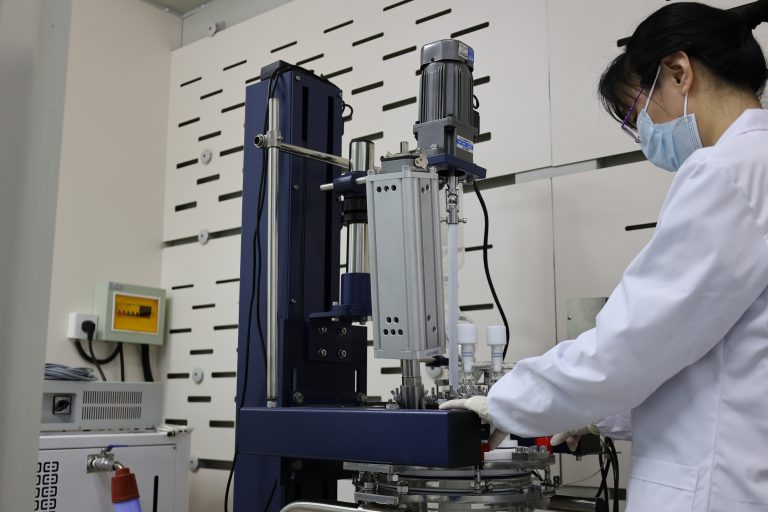
Shanghai LNJNBio nucleic acid extraction program is escorting the detection of African swine fever
At a time when the prevention and control of African swine fever (ASF) remains a serious challenge, rapid and accurate laboratory testing serves as the first line of defense for early detection…

Effortless Extraction of High-Quality DNA – Magnetic Bead Blood Genomic DNA Extraction Kits Accelerate Research!
In fields such as molecular biology, genetics, and clinical diagnostics, the extraction of high-quality genomic DNA is a critical step for experimental success. Traditional DNA extraction methods are often cumbersome, time-consuming, and…
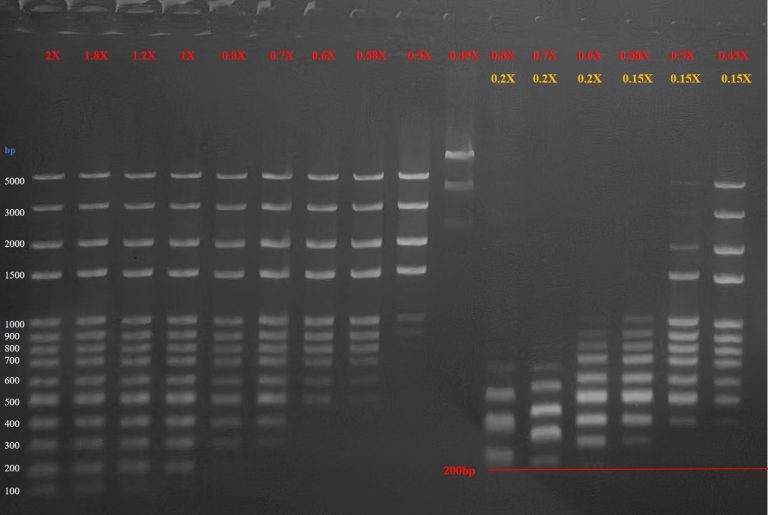
Precise capture, efficient purification —— Shanghai LNJNBio 220012 magnetic beads help scientific research take off
In molecular diagnostics, nucleic acid extraction, and immunoassays, high-efficiency magnetic bead separation technology has become essential for successful experiments. Shanghai Lingjun Biotech’s 220012 magnetic beads, with their exceptional superparamagnetic properties, high binding…
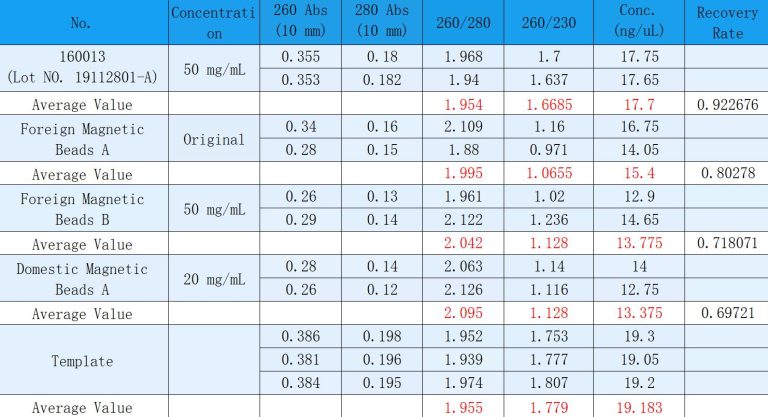
160013 Magnetic Beads: The “Golden Partner” for Nucleic Acid Extraction with Guaranteed High Recovery Rate
Still looking for a reliable helper for DNA/RNA extraction and purification? The Viral DNA/RNA Extraction and Purification Magnetic Beads – 160013 from Shanghai Lingjun Biotechnology Co., Ltd. can be called the “golden…
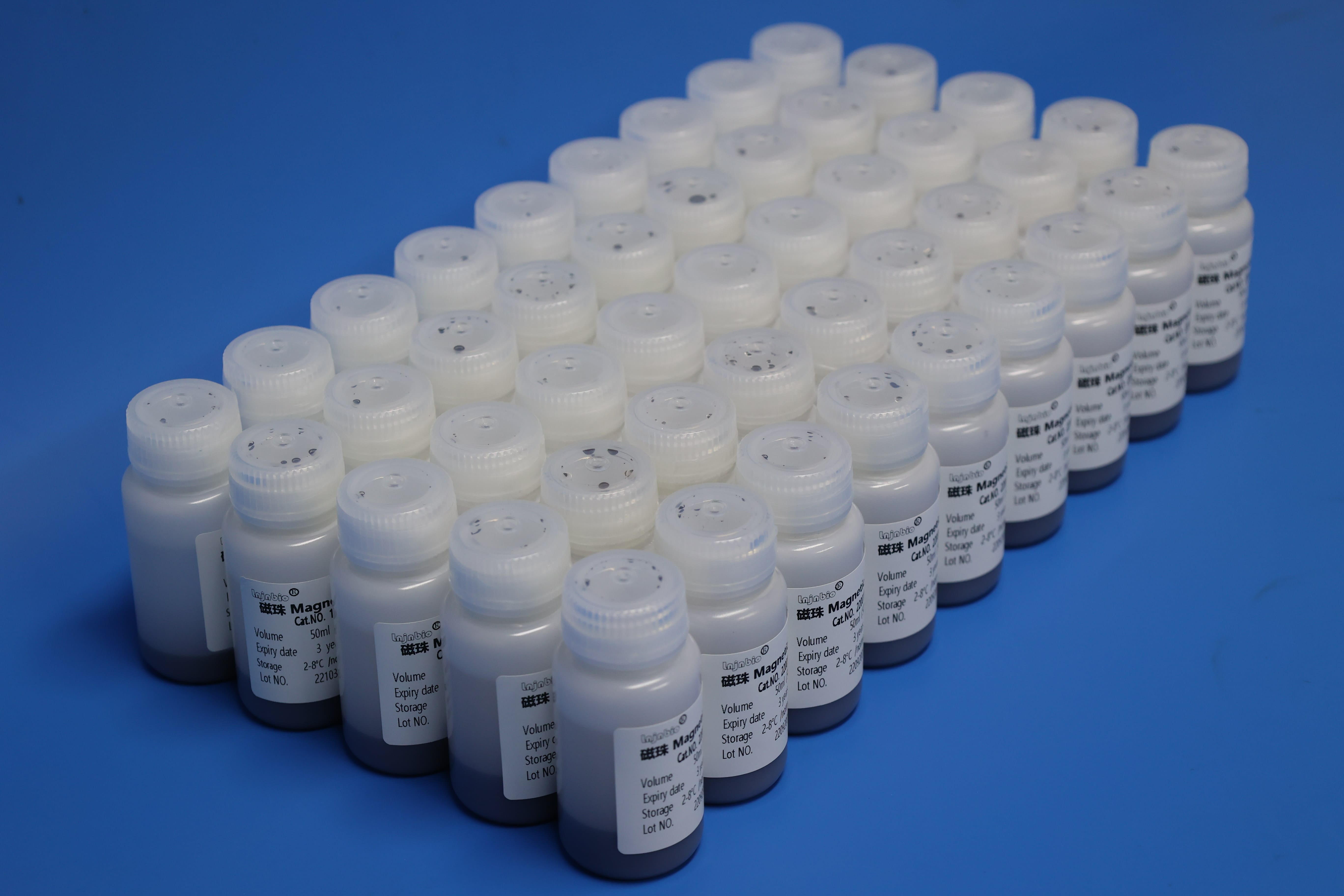
Why Magnetic Beads Exhibit “Social Butterfly” vs. “Socially Anxious” Behavior After Drying?
Dear Colleagues in Experimental Science,During nucleic acid fragment selection protocols, after completing the 80% ethanol wash and piously awaiting 5 minutes of air-drying, have you witnessed this paradoxical phenomenon:Some magnetic beads disperse effortlessly like socialites:…
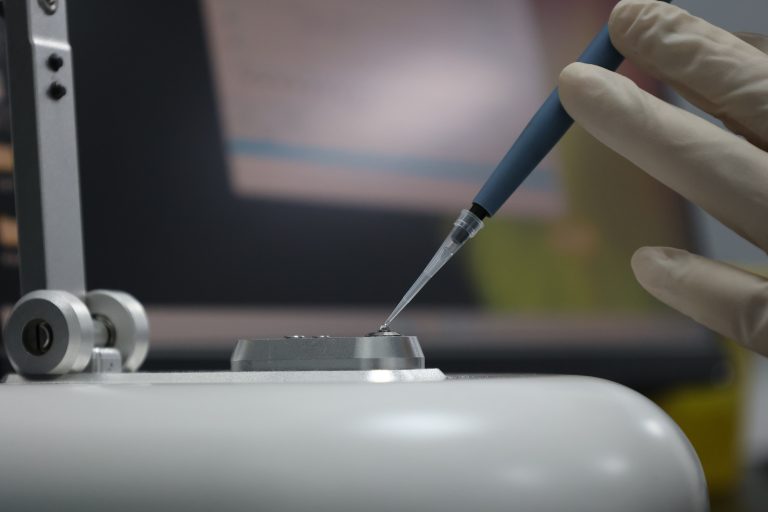
Application of magnetic bead method for nucleic acid extraction in animal tissues in pet detection
In today’s world where pets have become integral members of families, their health is a top priority for every owner. However, pet diseases often exhibit subtle symptoms, while traditional detection methods frequently…

160011 Silica-based Magnetic Beads: Redefining the Efficiency and Purity of Nucleic Acid Extraction
Struggling with trace nucleic acid extraction? Magnetic Beads for Trace DNA/RNA Extraction and Purification 160011 from Shanghai Lingjun Bio (InjnBio) is here to solve your lab headaches! Leveraging advanced silica – based…
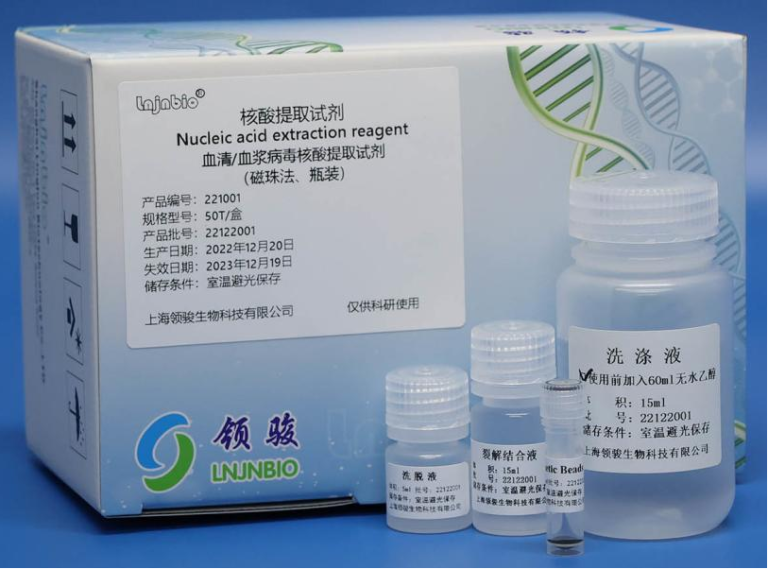
Breaking Extraction Bottlenecks: Lingjun Magnetic Bead RNA Kits Redefine Efficiency StandardsEmpowering Research with High-Purity Nucleic Acid Solutions
In molecular biology research, RNA extraction from complex samples remains a critical bottleneck hindering experimental efficiency. Traditional methods struggle with plant polysaccharide/polyphenol interference, animal tissue degradation risks, and capturing trace viral nucleic…

What is the differences between monodisperse and polydispersemagnetic beads
The core distinction lies in the uniformity of particle size distribution, which directly leads to significant differences in their performance and applications: Core Definitions: Monodisperse Magnetic Beads: Exhibit a very narrow particle…
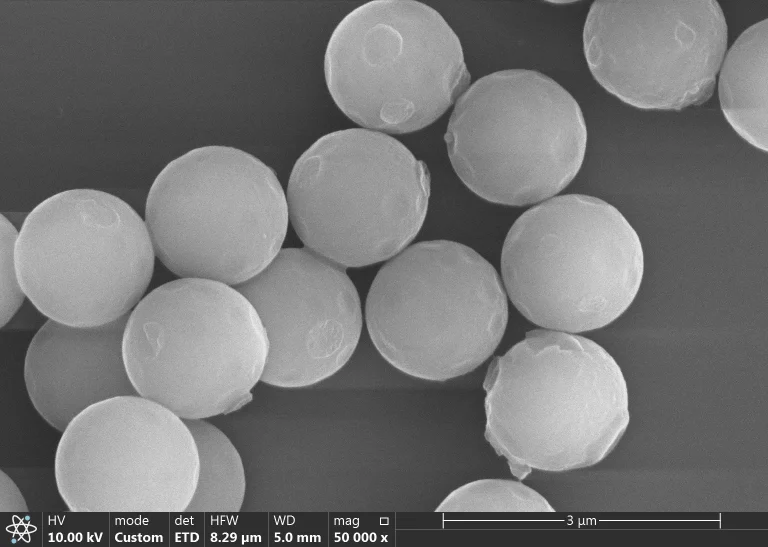
`What is the differences between monodisperse and polydispersemagnetic beads?
The core distinction lies in the uniformity of particle size distribution, which directly leads to significant differences in their performance and applications: Core Definitions: Monodisperse Magnetic Beads: Exhibit a very narrow particle…

The pH Defense Strategy: Nanoscale Tactics for Maintaining Sterility in Silanol-Functionalized Magnetic Beads during Aqueous Storage!
Chapter 1: The Microbial “Comfort Zone” – Why Bacteria Prefer Neutral pH When silanol magnetic beads are stored in pure water, microbes experience a “five-star spa resort”: pH 6.5-7.5: Optimal bacterial proliferation zone…

The role of ferric chloride, ethylene glycol and polyethylene glycol in magnetic bead synthesis
In the solvothermal synthesis (e.g., hydrothermal or polyol methods) of magnetic beads (especially Fe₃O₄ beads), ferric chloride (FeCl₃), ethylene glycol (EG), and polyethylene glycol (PEG) work synergistically to regulate the nucleation, growth,…
